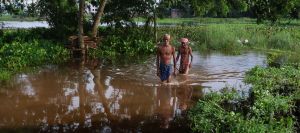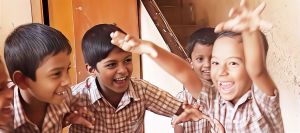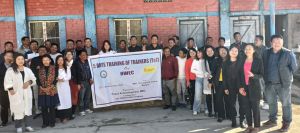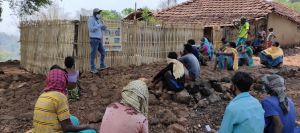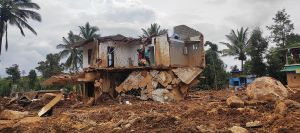
Response to the Wayanad Landslide in India
On 30 July 2024, multiple landslides occurred in the northern part of the Wayanad district of Kerala state in India. As of 9 August, the disaster resulted in the killing of 427 people, with 131 being reported missing. According to the authority’s figure, on 13 August, over 1,700 people were sheltered in 15 relief camps. The affected region received 570mm of rainfall in the two days leading up to the tragedy. This landslide was marked as one of the worst-hit disasters in the history of Kerala. The research conducted by World Weather Attribution, an international group of researchers, revealed that the heavy rainfall during the early hours of 30 July, which caused the landslides, is the third heaviest


